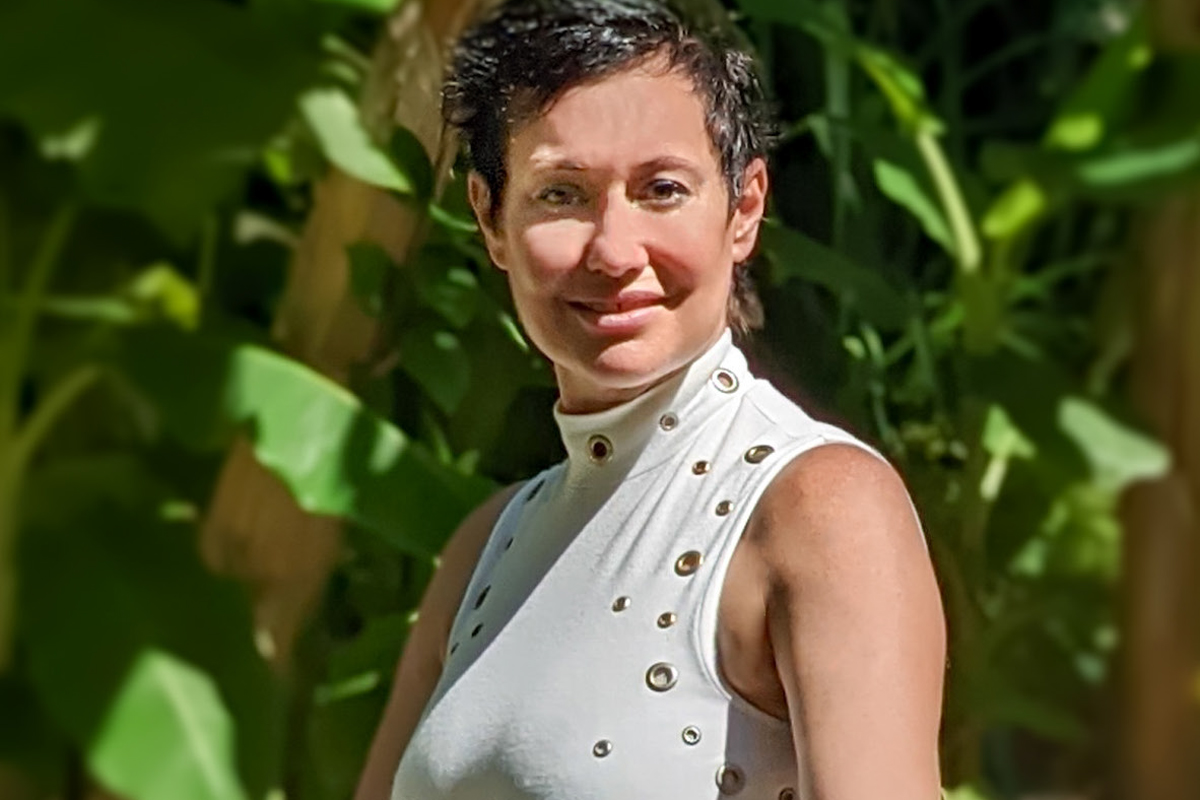We learn with Victoria Kruse how to make wiser decisions to conquer a clean eating habit while adding a new recipe to our cookbook.
This month, we asked Victoria what clean eating means for her: “Clean eating for me is several things. First and foremost, it is eating ‘real food’. Someone said to me once, only eat food that someone’s grandmother would recognise. That resounds in a few ways; first, I would think what my own grandmother would recognise. And here are the things: vegetables, usually from her garden, meat and dairy from nearby farms and dishes made from recipes handed down from previous generations. This also could hypothesise into the fact that we should be eating food from our own region, that we, as humans, evolved eating and our bodies became accustomed to.
Our ancestors also ate food seasonally, and we are adapted to eat food when in season and when we need what that aliment [nourishment] gives us. For example, our ancestors ate fruit when it became ripe, meaning, in tropical countries, the end of the wet season; and, in seasonal countries, the end of summer. We would eat the glut of fruit at this time to put fat onto our bodies to survive the lean times, such as during winter or the dry season, when food would be scarce. Now, however, with flying food all over the world, we eat what we think we need, in other words, what we want rather than actually need.” We also asked how sustainability is directly related to a healthier eating habit, and here is what she had to say:
“For me, it is linked in every possible way. When we make food ourselves from scratch, when we buy food from farmers’ markets, and even when we eat food in season. These attitudes create less packaging, which means less waste, fewer food additives and less harmful chemicals going into waste systems and consequently less food flown around the world, which means fewer air miles. It also signifies that the food is more nutritious, meaning, in my experience, that we need less of it to satiate our bodies. Sometimes we are hungry because our bodies instinctively know that something is missing, and we are ‘hungry’ because we are seeking a key mineral, amino acid or vitamin.”
Victoria Kruse is a sustainability and wellness mentor. She was born and raised in a small town in New Zealand, surrounded by nature and rich biodiversity, and has always eaten homegrown and seasonal food. She is a chameleon with many talents and much knowledge to share. She worked in numerous fields before reinventing herself through learning and experience to become a sustainability and wellness mentor in the Maldives resort industry. As the creator of the ‘Wellness Your Way’ initiative, Victoria has developed recipes and shared with guests her philosophy of eating well for health and a more sustainable planet Earth.
Broccoli Fritters
Broccoli is a good source of vitamin K and calcium, it also contains phosphorus, zinc and vitamins A and C.
Ingredients:
300g broccoli florets
70g (1/2 cup) ground almond
3 free-range or preferably pasture-raised eggs
1tsp sea salt flakes
25g (1/4 cup) nutritional yeast
1tbs of psyllium husk
1 ½tsp baking powder
Method:
Place broccoli florets in a food processer and process until rice sized. Add all other ingredients and process until combined.
Place into a bowl and leave aside for five minutes until the psyllium husk has absorbed the liquid.
Heat some extra virgin olive oil in a frying pan over a low heat. Add spoonfuls of the batter to the oil. Fry on the first side for about three to four minutes, do not try to turn until the fritter easily releases from the pan with a turner. Turn and fry on the second side for two minutes.
I serve the fritters with organic baby spinach leaves or sliced avocado drizzled with a good quality extra virgin olive oil, but they are also delicious with smoked salmon and goat cheese.
These are suitable for keto, paleo, low carb, gluten-free and dairy-free diets. They keep well in the fridge overnight and are great with poached eggs on top for breakfast.
@victoria_maldiveswellness




